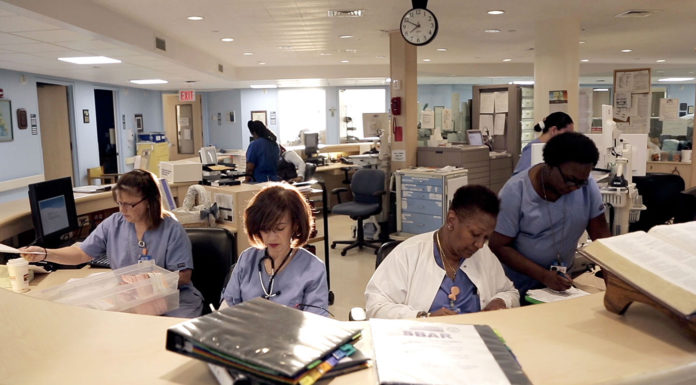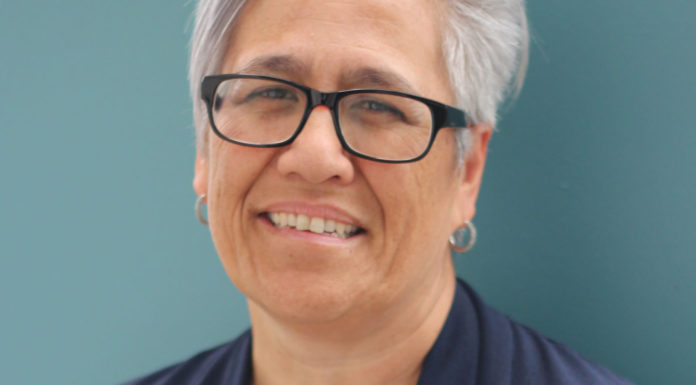Brief statements were put out this morning by the 20 district health boards and New Zealand Nurses Organisation confirming they met yesterday to “explore options” to settle the impasse over a new deal for NZNO’s nearly 30,000 DHB nurses, healthcare assistants and midwives.
In an update to members NZNO industrial relations advisor Lesley Harry said the negotiating team had presented the key outstanding issues to the DHBs and “reiterated that we saw a revised offer would require additional money in order to be ratified”.
The Government after Thursday’s strike reiterated its stand that it will allocate no new money to the offer, but NZNO called on its members to continue campaigning with its postcard campaign to call on the Ministers to invest more in the nursing and midwifery workforce.
Harry also said in the members’ update that DHB representatives expected to be able to present a revised offer to the team on Tuesday July 24. Both parties have said as bargaining continues they would be making no further comment.
Some nurses commenting in social media expressed doubt that a fifth offer will bring any change and also disappointment that NZNO had not called in the interim for a further strike ballot of members to continue the momentum gained from last week’s strike.
Yesterday’s negotiations were the first meeting between the two parties since the last-minute facilitation through the Employment Relations Authority last week to try and avert last Thursday’s 24-hour strike. That strike saw an estimated 6000-8000 patients’ appointments and surgeries postponed as thousands of nurses and healthcare assistants walked off the job to bring home their message that the DHBs’ offers did not meet a decade of built-up frustration over safe staffing and pay concerns.
It is understood that the ERA facilitator made recommendations on how to resolve the impasse, but these have been kept confidential and it is not clear whether they will be part of the fifth offer due next week.
In an earlier staff update, NZNO indicated that the key outstanding issues remained safe staffing, transition to new steps for nurses on the RN/RM basic pay scale and recognition for the whole nursing team. The rejected fourth offer had seen a ‘re-jigging’ of the third pay offer, which included a delaying of the proposed new pay steps for experienced registered nurses, who make up about 15,000 of the affected members.
NZNO in Monday’s post thanked those members who supported the strike action of other members by being Life Preserving Services (LPS) responders.
DHBs spokesperson Helen Mason said the day after the strike that the agreed LPS plans worked as expected. She said some DHBs were quieter than normal and had enough staff available so they could reduce LPS requirements.
“Overall, it has been a very challenging time and people demonstrated exceptional teamwork and camaraderie. I would like to say a huge thank you to them all for keeping our patients and our staff safe,” she said.
Nurses reported mixed feelings from DHB to DHB over the variable level of LPS responders, volunteers and other DHB health staff rostered during the day. One nurse posted that while rostered as an LPS responder on her ward during the afternoon shift on strike day, there were four nurses, two doctors, a pharmacist and two volunteers working on the ward – plus a healthcare assistant for half the shift.
But another LPS responder posted that on her strike day afternoon shift she and a fellow LPS were stretched and working like an ‘ordinary day’. Another posted questioning where all the extra staffing resources found during the strike had gone, as when she was about to finish her afternoon shift at the weekend she had the duty manager request one of her shift stay on until 3.30am as too few nurses had turned























